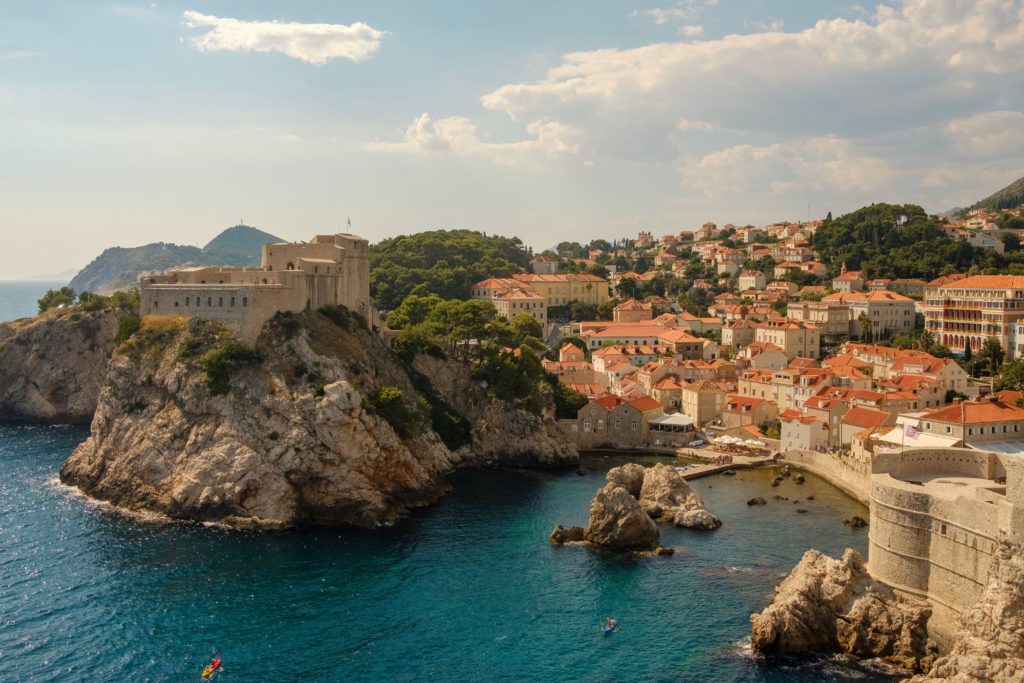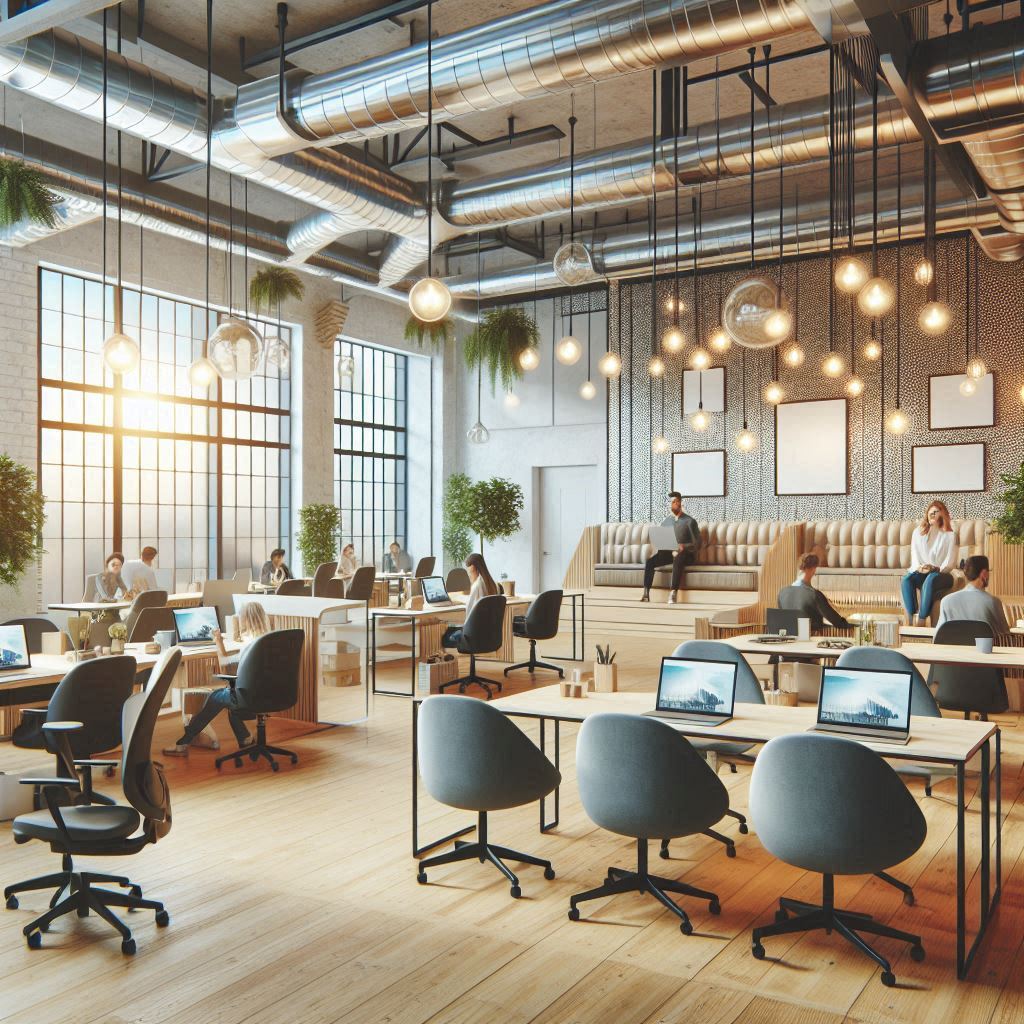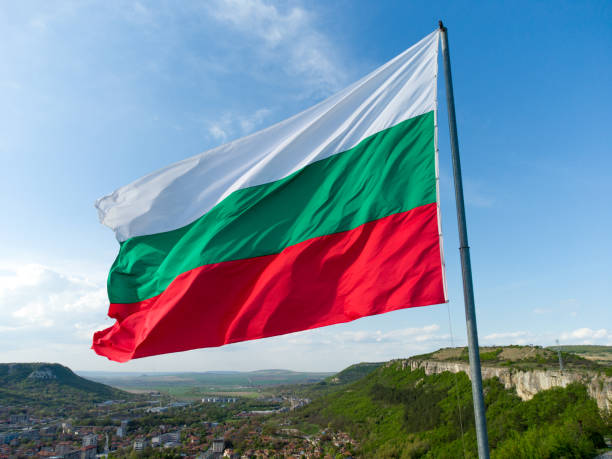
In addition to the effects on people’s lives, the epidemic has brought about several global developments. Everyone anticipated a significant impact on real estate prices in Croatia from the pandemic and the 2020 earthquakes. Many believed that prices would decline as people sold homes for which they could no longer pay the mortgage due to a decline in tourists. That did not materialize.
The condition and trend of Croatian real estate prices are summarized on this page. This article will help you establish expectations about how far your money will go if you plan to purchase residential property in Croatia.
Despite a decline in tourist visits due to limitations related to the epidemic, Croatia’s high-end home market which is predominantly supported by international buyers continues to prosper. The number of international visitors who entered the nation in 2020 dropped significantly by 68 percent to 5.55 million.
Its scarcity of it is the fundamental factor in its resistance.
Trend of prices
Despite the economy getting worse, real estate values are still rising. It is often believed in Croatia that owning real estate is preferable to saving money.
Buyers are picky and circumspect. New apartments, which are scarce in the Croatian housing market, are preferred by them. Older apartments are less sought-after because of their vulnerability during the 2020 earthquakes.
In August 2021, the average price of a home was 6% higher than in August 2020 and 9% higher than in 2019. In August 2021, the average apartment price was 3% more than it was in 2020, 8% higher than it was in 2019, and 14% higher than it was in 2018.
The average cost of an apartment has gone up by 4.1 percent, while the average cost of a house has gone up by 7.7 percent in 2022. Property in rural areas close to large cities, such as Zagreb County, Krapina-Zagorje County, and Virovitica-Podravina County, attracts more buyers. Istria, Gorski kotar, and Zagreb are of great importance to visitors from abroad. In Croatia, foreign buyer of real estate makes up almost every fourth of the buyer.
Sales have also been significantly impacted by low savings account interest rates. However, loan interest rates, which typically range from 2 to 3 percent, are also quite low.
Stats on properties sold in Croatia in 2020
- 12.733,50 kuna was the average price per square meter of flats sold in 2020.
- 3.222 units were sold in Croatia overall in 2020. (of which 1.705 were sold in Zagreb)
Average property prices according to Croatian cities
Here are some of the prices according to some cities in Croatia.
Average property prices in Dubrovnik
- Apartments – 4.151 € per square meter
- Houses – 3.523 € per square meter
Average property prices in Osijek
- Apartments – 1.025 € per square meter
- Houses – 621 € per square meter
Average property prices in Rijeka
- Apartments – 1.793 € per square meter
- Houses – 1.422 € per square meter
Average property prices in Split
- Apartments – 3.024 € per square meter
- Houses – 2.879 € per square meter
Average property prices in Zadar
- Apartments – 2.472 € per square meter
- Houses – 1.730 € per square meter
Average property prices in Zagreb
- Apartments – 2.297 € per square meter
- Houses – 1.441 € per square meter
Average prices by Zagreb neighborhood
- Brezovica – 1.212,63 € per square meter
- City center – 2.500 € per square meter
- Donji grad – 2.567,70 € per square meter
- Jarun – 2.820 € per square meter
- Maksimir – 2.186,49 € per square meter
- Ravnice – 2.376 € per square meter
- Sesvete – 1.456,58 € per square meter
- Trešnjevka jug – 2.120,00 € per square meter
- Trešnjevka sjever – 2.201,97 € per square meter
- Trnje – 2.281,25 € per square meter


